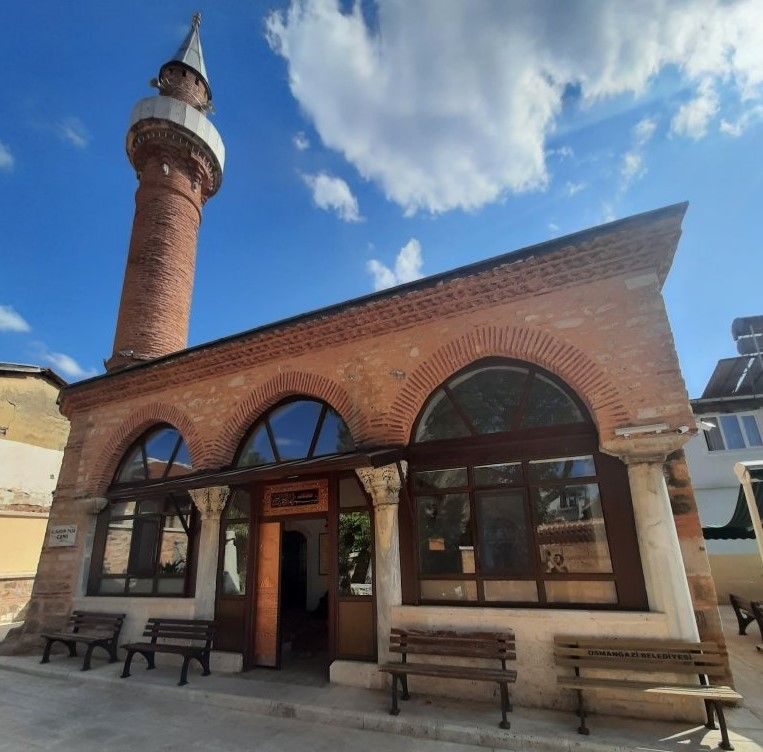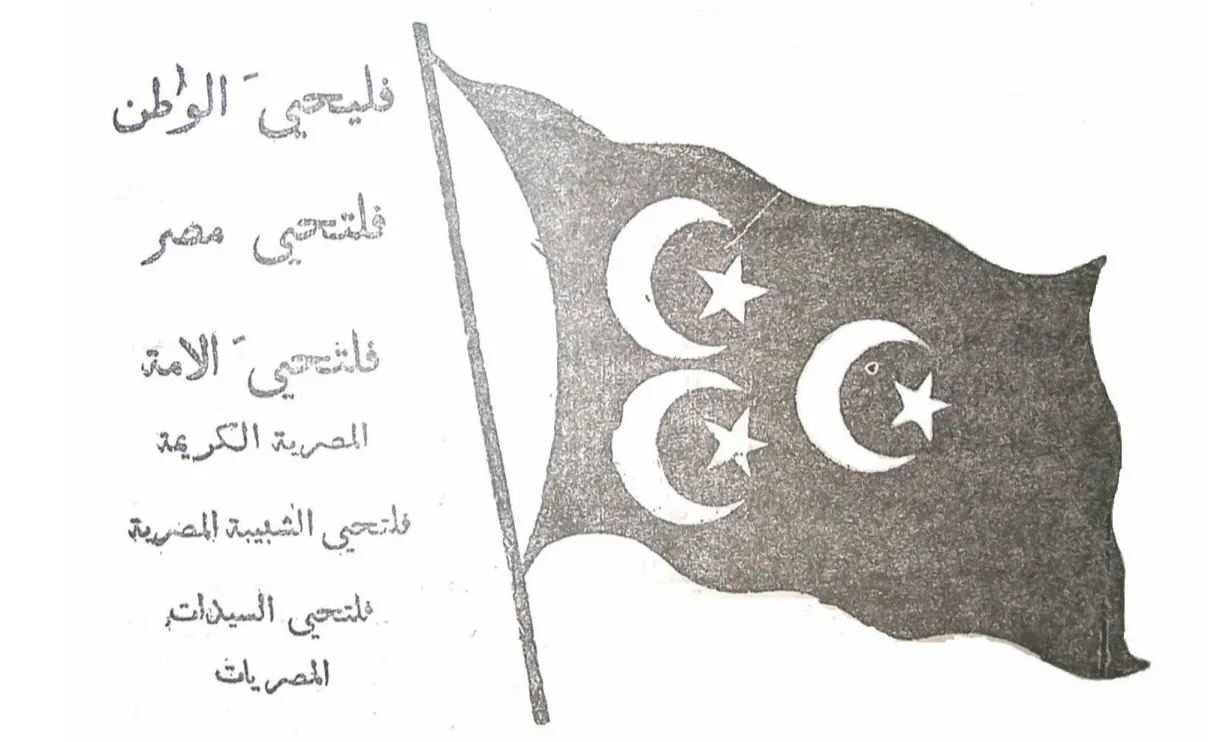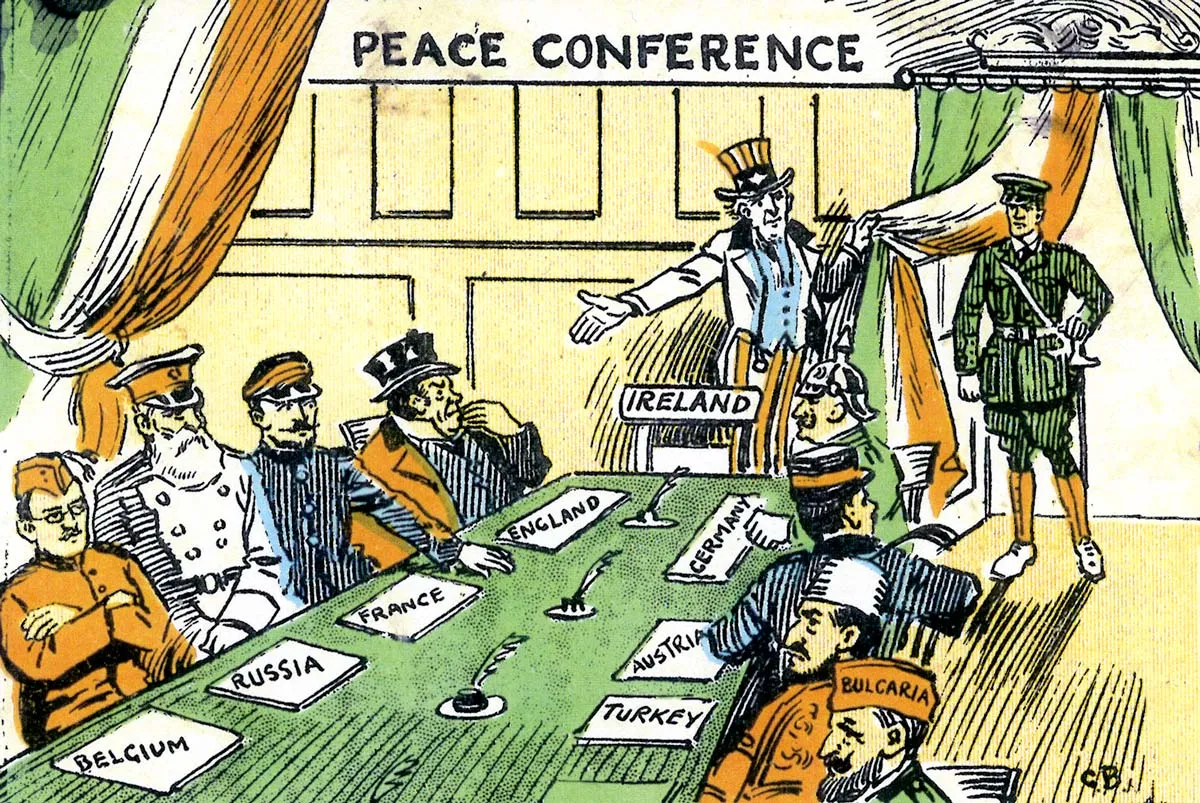“A Great and Important City”: Bursa and the Beginning of the Ottoman Empire
A discussion of the challenges of teaching the first century of Ottoman history in world history courses and how to use architectural evidence.

“The best thing a modern historian can do is to admit frankly that the earliest history of the Ottomans is a black hole”
Colin Imber, one of the leading historians of the early Ottoman Empire, wrote those words in 1993. And nearly thirty years later, it is still challenging for historians to understand fully the first century of Ottoman history. For world history teachers, it’s even more challenging trying to teach the origins of this empire. World history textbooks authors typically lump the Ottomans, the Safavids, and the Mughals together as “Islamic” empires, which means that students often understand Islam as the essential aspect of the Ottoman Empire. The tendency of textbooks to describe the early Ottoman soldiers as “ghazis” and to translate that term as “Islamic holy warriors” only encourages students to perceive the Ottoman Empire as an Islamic empire. Because of the relative lack of textual primary sources that led to Imber describing the origins of the Ottoman Empire as a “black hole,” most textbooks do not even address the first century of the Ottoman Empire. Worlds Together Worlds Apart is a notable exception to this pattern. The authors devote two paragraphs to describing the Ottomans’ complexity and inclusive practices.
This lack of textual sources is matched by a lack of paintings or manuscript illustrations. Almost no “Ottoman” painting exists from the empire’s first century. The illustrations of the early empire in textbooks or online usually date to the sixteenth century or later. This lack of sources makes it challenging to teach about the early history of the Ottoman Empire in world history classes.
One way around this challenge is to focus on the architectural legacy of Anatolia. While many of the earliest Ottoman structures have collapsed or have been significantly rebuilt and altered, there are some surviving structures that we can use to help students learn about the early Ottoman Empire. For teachers who have not had students use architectural evidence, there is one helpful article. I use architecture like historical images in terms of first thinking about context, then having students observe details, and then drawing inferences. The critical difference is that I usually have two or three images of a building to show different angles.
Picking up on the themes I introduced in last week’s post, Marc David Baer argues in The Ottomans: Khans, Caesars, and Caliphs that “the Ottoman Empire was not simply Turkish. Nor was it made up only of Muslims. It was not a Turkish empire. Like the Roman Empire, it was a multiethnic, multilingual, multiracial, multireligious empire that stretched across Europe, Africa, and Asia.” Using architectural evidence, we can help students see how the Ottomans, even before they began expanding, blended different ethnic and religious traditions from the start of the empire.
This content is for Paid Members
Unlock full access to Liberating Narratives and see the entire library of members-only content.
SubscribeAlready have an account? Log in



